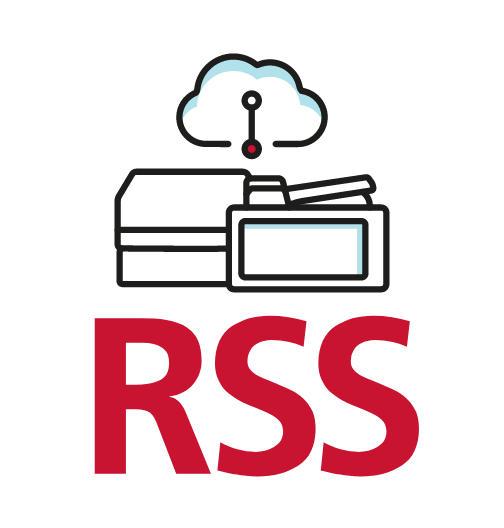
Is your office adapted to the digital era? If not, you should
At Ricoh Latin America we address some of the challenges involved in implementing Enterprise Content Management software, so that your work teams have a positive experience of the new application.
The term "Smart Office" was coined in the mid-2010s. However, workspaces have become smarter since the 1990s. This new era began with the introduction of desktop computers, laptops, and the Internet. During the 2000s, these technologies became more sophisticated, and broadband was introduced, as well as cell phones and basic cloud computing.
Over the last decade, bandwidth speeds have skyrocketed and increased storage power has allowed us to automate and analyze processes like never before. As a result, the Internet has become an integral part of every workplace process. The term "Smart Office" is used to describe innovative workplace features that rely on the Internet of Things. However, it is often used to describe new workplace trends, such as hot desks or standing desks.
But what are the business benefits?
In terms of productivity, practicality, and experience, these trends stand out:
#1 – The evolution of business meetings
The success of a meeting is not only due to what happens in the room. From finding a parking spot for the visitor arriving at the meeting, lengthy security checks at the front desk, and so on, it can diminish the experience, which affects how we feel about the meeting. All of these can diminish the experience, which affects how we feel about the meeting. One of the key features of Smart Office technology is to bring together previously separate systems and processes to create a truly collaborative environment between collaborators (both physical and remote).
Here, Ricoh has interactive flat-panel displays that allow the presenter to share, discuss and annotate multiple documents in real-time. Attendees can even receive updated files before the meeting ends, as the presenter can send an email directly from the whiteboard. Workgroups interacting with a whiteboard also ensure a captive audience to 'stay and experience' after the meeting via the device. In this way, human capital enhances their abilities to participate and lead even more engaging future sessions.
#2 - Availability of desks and rooms
At Ricoh, we develop complete "Digital Workplace" solutions that adapt workplaces to meet the needs of new work styles, both physically in the office and with teams working remotely. By "Digital Workplace" we mean a comprehensive ecosystem that uses the latest in collaborative tools and workplace services to improve employee experience and satisfaction and directly impact the bottom line.
These are interactive, secure, private spaces with multiple effective tools to maximize the great benefits of team collaboration:
Smart Collaboration Rooms: These are physical spaces for formal meetings in a room with more than 3 participants where the main objective is to collaborate in an effective, dynamic, and safe way among the people in the room. To achieve the expected productivity, these smart collaboration rooms require professional tools such as Ricoh's interactive displays that enable smooth typing, high resolution, and easy sharing of remote images. They are ideal for developing, recording, and sharing ideas visually, as well as annotating and browsing the web. With Ricoh Smart Integration, you can also scan directly into popular cloud services such as Dropbox, Box, Google Drive, or Office 365.
Videoconferencing Rooms: In this mode, the idea is that professionals can physically meet in the office in rooms that integrate superior videoconferencing technology to collaborate with remote teams. With Ricoh's videoconferencing tools, one-click, secure and productive videoconferencing, dynamic presentations, or desktop sharing to review documents. Ricoh's team also supports the interconnection of all in-house and third-party devices and systems to provide end-to-end support at the workplace, as well as change management for new ways of working.
IT structure for "work anywhere": Teleworking is one of the pillars of smart working. It involves giving employees different options to work where and when they want, always prioritizing the security of critical or sensitive company information. A flexible work policy allows employees to work in the way that best suits the type of work being performed. For telework to be successful, all employees should have access to secure remote communication and collaboration solutions so they can be productive anywhere, anytime.
The future of the Smart Office
This trend is really just beginning. In the coming years, these innovations will be replaced by more sophisticated solutions. Employees and visitors will enter facilities and facial recognition technology will identify and monitor their path through the building. Businesses will be able to become more agile as sensors provide facility managers with more data on how the office is being used and any space that can be reconfigured to better suit the needs of the business.





